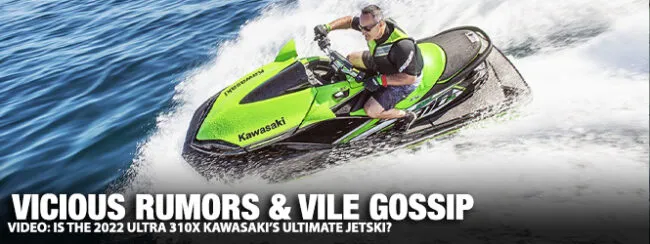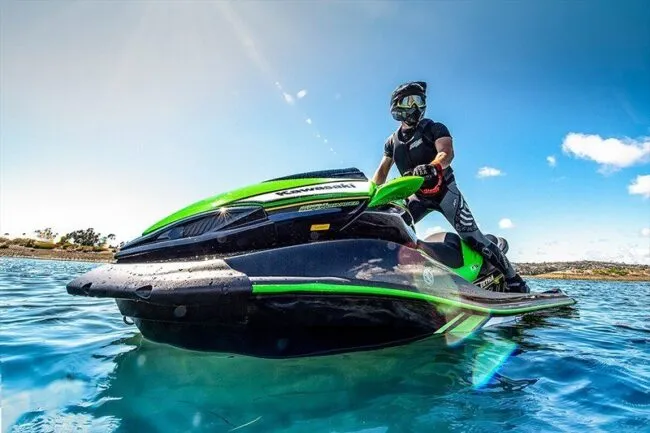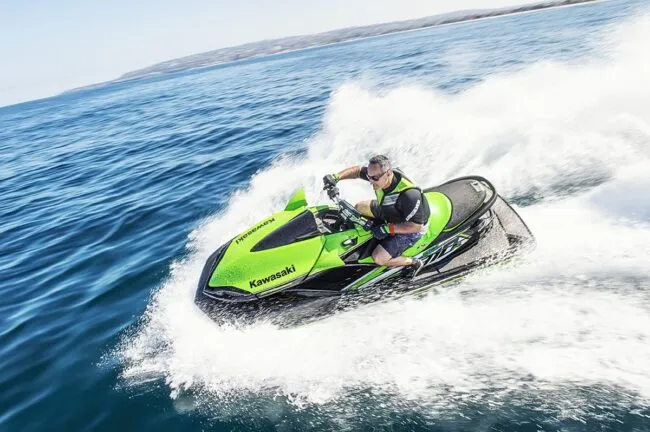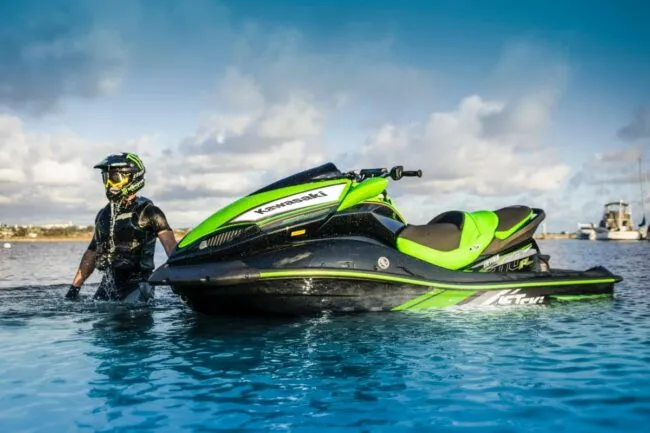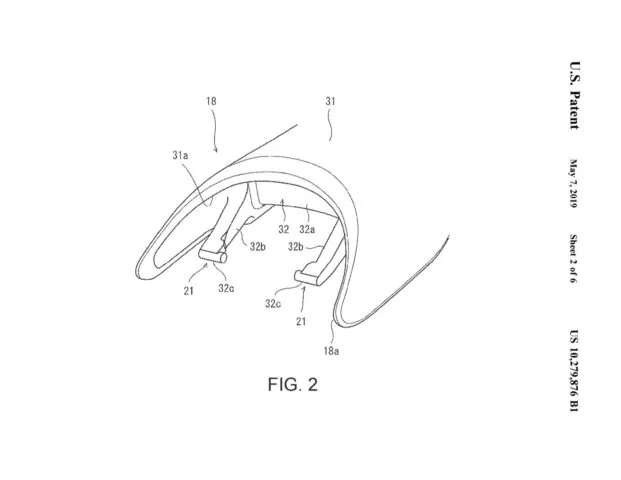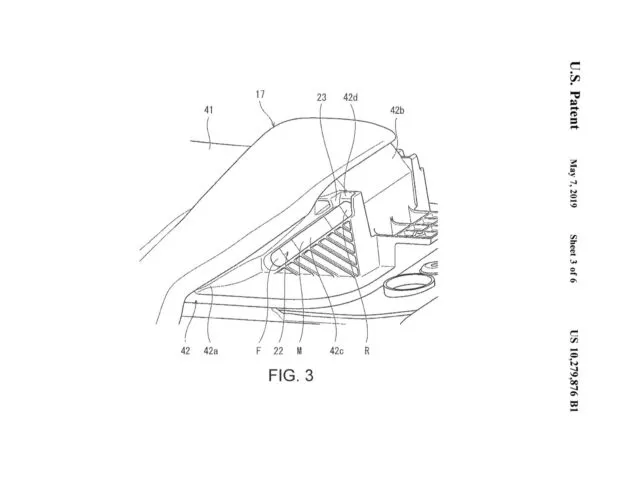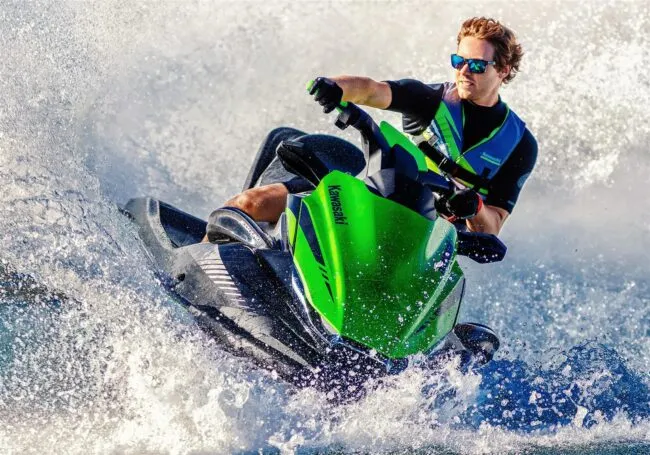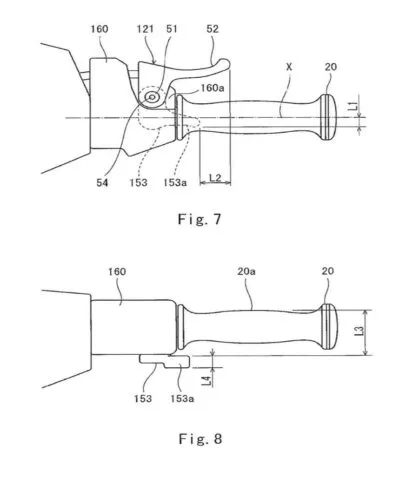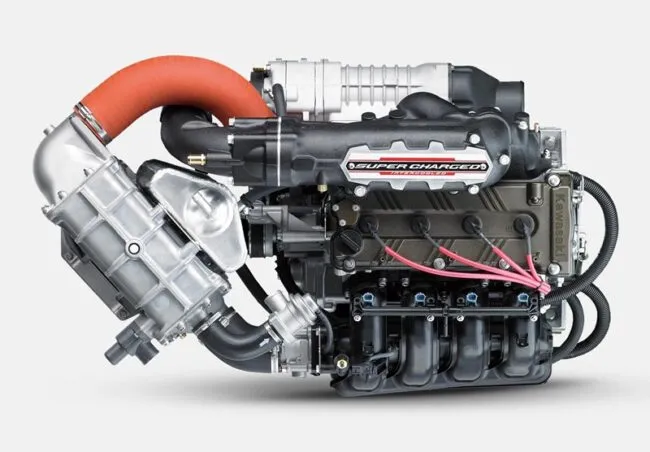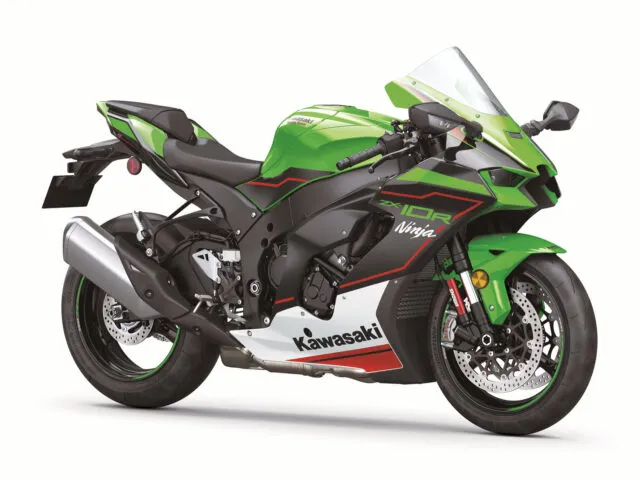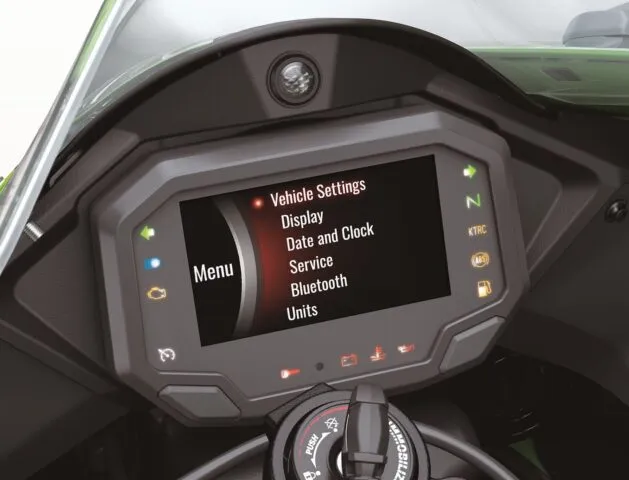We at The Watercraft Journal have ventured out on limb more than once, particularly when it comes to predicting the moves within Kawasaki USA. Unlike Yamaha Motor Corp. and Sea-Doo, Kawasaki’s internal corporate culture is a little harder to pin down. Over the years, we’ve received a variety of leaked pictures, memos and legal documents that have ranged the spectrum. The truth is often found somewhere in between, and we’ve had to navigate stormy waters with caution before.
In 2013, we received reliable intelligence that the 2014 model year would unveil “a whole lot of changes” as well as “a model [we’ve] been waiting for.” This – as one might expect – sent us reeling. Soon came articles boasting that a 300-horsepower STX-R was forthcoming; that Kawasaki was going after Yamaha’s FZR SHO and Sea-Doo’s RXP-X 260 musclecraft; that 2014 would ignite a new era of performance PWC. In all, we were preparing for a rekindled horsepower arms race.
What came was a mixed bag: a series of necessary upgrades and updates to the Eaton TVS supercharged 1,498cc four-cylinder 4-stroke (primarily increased volume of the cooling circuits and oil galley, a second set of under-piston oiling jets, a larger oil cooler, etc.) resulting in a 10-horsepower increase. The mysterious model “we had been waiting for” was not a supercharged STX, but an Ultra 310R with moto-style steering, “sporty” seat and green sponsons.
Five years later, a pair of spy shots of Kawasaki’s redesigned 2020 STX 160 spurred a veritable avalanche of leaks and rumors. An application to California’s CARB revealed not one, but three new tiers of STX. Perusing Kawasaki’s existing US patents revealed schematics for a thumb-operated brake/reverse system along with a folding rear seat, which later materialized on the production 2020 STX 160 models. But what about the brake system? Where did that go?
Earlier this year, chatter of a redesigned Ultra for 2022 began to buzz. Inquiries bore fruit in the form of a few questionable images and some rather intriguing – albeit mixed – predictions. The Ultra (like the STX in 2020) would get a new deck, resulting in a recontoured 3-person saddle, hood, fairings and steering neck. Borrowing from the STX, the new Ultra would receive a similar waterproof phone case and its clear plastic lid and the flip up-style rear passenger seat.
Of course, the biggest news was the addition of the long-awaited brake-and-reverse system. Per the patent and similar to those brake-and-reverse systems from Sea-Doo and Yamaha (iBR and RiDE, respectively), Kawasaki’s system will deploy at ignition, placing the JetSki in “neutral.” And likewise, a flick of the throttle will disengage the reverse bucket and “shift” the JetSki into “Forward,” as will quickly depressing the right hand side thumb trigger return the JetSki to neutral.
Deploying the brake will be done via the thumb trigger. Mechanically, the thumb trigger will override the throttle and engage the actuator that deploys the brake/reverse bucket. Closer inspection of the patent implies that depressing the thumb trigger from a standstill will throttle the JetSki in reverse (identical to RiDE); but then again, this action may very well be amended or updated when this feature reaches the public.
Obviously, inclusion of this new braking system will require a slight rearranging of the current control modules on the handlebars. Expect new placements for the Cruise Assist, trim control, and Eco mode buttons. Expected to remain are 310-horsepower supercharged-and-intercooled 1.5L powertrain, 160mm axial-flow pump and world championship-winning hull. Equally, so to will the massive 20.6-gallon fuel cell and 56-gallons of storage continue as-is, as will the 5-place adjustable steering system and “Immobilizer” keyed security system.
The coup de grâce of our torrent of added information directed us towards the current ZX-10R and ZX-10RR for aesthetic cues. “Take a long hard look at the ZX-10R and RR,” one message hinted. And with the Ninja fresh in our minds, the final hint hit hardest: the new Ultra is expected to receive the Ninja’s TFT color dashboard. The digital dash features a high contrast, easy-to-read layout, various display layouts and coloring options and Bluetooth connectivity.
This final function implies a possible linking of the rider’s phone or Bluetooth device with Kawasaki’s industry-first onboard sound system, Jetsounds (did you forget Kawasaki was first to have a PWC speaker system? We bet you did) via the dash. If this option is available, it will place Kawasaki on par with the dashboard on the Sea-Doo GTX Limited and Fish Pro. Again, this is purely speculative, but a very viable potentiality.
Again, none of this information has been confirmed by Kawasaki to The Watercraft Journal nor do we expect to receive such confirmation until the official press releases are issued sometime in early October. As for The Watercraft Journal, we don’t expect to even lay our hands on the redesigned Ultra until 2022, possibly late January at the earliest – but more likely sometime in mid-to-late February. Until then, keep your fingers crossed that all of this comes to pass, as we’re certain it’ll propel Kawasaki’s curb appeal ten fold.




